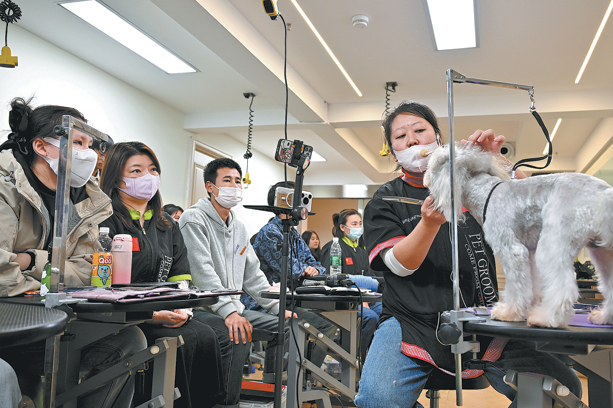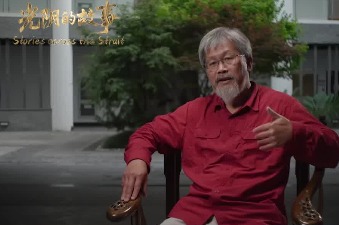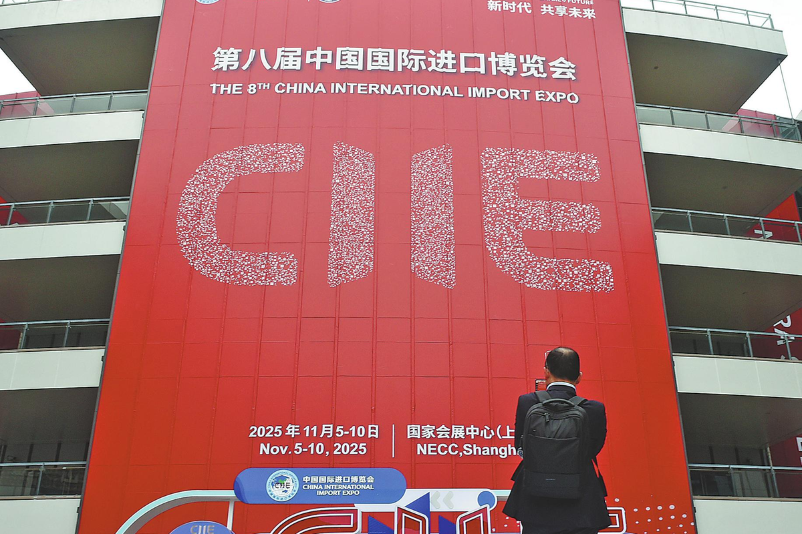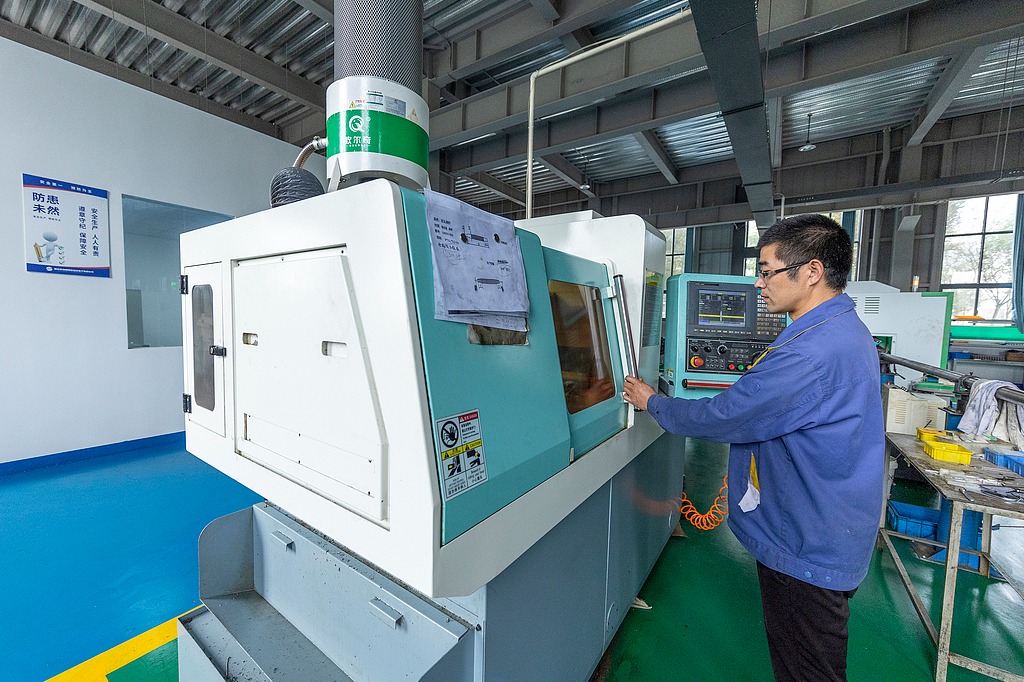Let the good times finally flow

On the verge of failure after outlaying 3 million yuan on a rice winery, a bridge finally rescues an entrepreneur and helps protect a local tradition
If there were just one man who disagreed with the sentiment that good wine sells itself, it would probably be Yu Jianrong.
Fifteen years ago the government official quit his job at the age of 38 after deciding to seek his fortune by making laobaijiu, or sticky rice wine.
But by 2010 Yu, a native of Chongming island, northeast of Shanghai, was still far from realizing his ultimate goal: to make his hometown specialty as popular as China's national alcohol, Moutai, the manufacturer of which, Kweichow Moutai, overtook Diageo Plc as the world's most valuable liquor company this year.

Just as he was about to give up, after having spent more than 3 million yuan ($460,000) of his savings, his fortunes took a turn for the better when the Shanghai Yangtze River Tunnel and Bridge was completed and opened in 2009.
The world's largest tunnel-bridge structure, at almost 26 kilometers, including the tunnel and bridge, has cut the travel time between downtown Shanghai and the island from more than one hour to 20 minutes. The only way to get to the island, at the mouth of the Yangtze River, used to be ferry.
Since 2010, the number of tourists, mostly from Shanghai for a weekend getaway, visiting the island has doubled every year, the local tourism bureau says, and last year more than 4.9 million visitors traveled to the island, which has a population of about 670,000.
"A Chinese saying has it that the bouquet of a good wine transcends the walls of the alley in which it is hidden to attract drinkers," said Yu, the founder of Nongben Winery. The name Nongben means the origin of agriculture.
"However, as confident as I was about my rice wine, I never expected it to travel across the Yangtze River, which it now does thanks to the bridge."
Even as the residents of Shanghai passed over the only wine that is produced locally in favor of other varieties such as yellow rice wine made in Shaoxing, Zhejiang province, they also continued to favor foreign imports such as red wine, something they started doing in the 1980s when the country began opening up to the world. For many of these drinkers the local rice wine was old hat.
So during the 1990s the retail price of laobaijiu dropped to 10 yuan a kilogram or less, almost the same as the price of the rice it is made from.
Chongming district's government archives show that before the 1980s the number of factories producing laobaijiu peaked at 50. Today only five in Chongming produce grain-based wine, Yu's being the only privately owned.
Shi Zhongxiu, a researcher with Chongming's intangible cultural heritage preservation office, said the artisanal skills in making laobaijiu used to be something every family on the island cherished and passed on between generations. The "invasion of Western alcohols" has not only diminished the number of drinkers of laobaijiu, but also "killed the once prevalent tradition of making sticky rice wine every autumn, after the rice harvest", Shi said.
In 2009 the municipal government designated the skill of making laobaijiu as an item of Shanghai's intangible cultural heritage that needed preservation. Later that year the central government listed the wine as one of the country's Protected Geographical Indication Products.
Laobaijiu, which literally means old white wine, is believed to have been invented 700 years ago in Chongming, about the same period as Moutai, the wheat-made liquor, was first made.
By mixing and brewing the locally produced glutinous rice with qu, a special yeast made from Chinese herbs for fermentation, the wine features a distinctive sweet taste similar to ice wine but a much stronger aftertaste close to spirits, despite its low alcohol content, usually less than 15 percent.
"The unique taste of laobaijiu has made it a hit among both males and females because it is sweet yet strong," Yu said. "Once people get a sip of it, they are just hooked."
In fact Yu reckons he grew up in the aroma of the wine.
Last year his wine sales were worth 3 million yuan, up 20 percent from the previous year, he said.
In the difficult years, as a cost-saving measure, Yu had no retail space or sales staff, and he managed to sell most of his produce, at between 136 yuan and 276 yuan a kilogram, on the phone to visitors who had been to Chongming and drunk his laobaijiu in local restaurants.
In a BBC travel and food program about Shanghai hosted by Rick Stein last year, Yu's wine featured, together with soup dumplings and pork lard scallion oil pancakes as the city's culinary specialties.
As for the ambition to compete with and even beat Moutai, Yu said he has not given up.
"However, it's no longer about sales. I think I've earned my pension. I just hope that one day when people talk about Shanghai, laobaijiu will be something that is as much a signature for the place where it is made as are Moutai and Champagne."
xujunqian@chinadaily.com.cn
| The artisanal skills in making Chongming rice wine, or laobaijiu, used to be something every family on the island cherished and passed on between generations.Photos Provided To China Daily |
(China Daily USA 10/13/2017 page9)
Today's Top News
- Japan bears blame for worsening China ties
- People-centered outlook applauded
- China condemns US $330m arms sale to Taiwan
- Root causes behind Takaichi's provocative remarks alarming for all
- China to maintain pressure on Japan over PM's Taiwan comments
- Free trade zones incubators for nationwide policies































